This week’s #52 ancestors theme ‘Non-population’ has been a bit of CPD (continuing professional development) as I’ve never looked at the US census non-population schedules before.
What are they?
Censuses mostly record people, names, ages, birthplaces, but some US censuses have additional schedules which record wider information.
- Agriculture, Mortality, Social statistics (1850, 1860, 1870, 1880). Mortality has details of actual people.
- Industry or manufacturing (1820, 1850, 1860, 1870, 1880).
- Union Veterans and Widows (1890).
- Businesses (specific categories only, 1935).
See the US National Archives website for more information on these records and where to find them. Some are available in Ancestry.com’s Federal Census Collection including the Mortality Schedules (free index) and the 1880 schedules of “Defective, Dependent and Delinquent classes” (both with personal details). By no means all states or years are in the database.
Records for Illinois and Iowa are free on Familysearch but they are not indexed, you have to browse.
How could you use them?
If your ancestor was a farmer or had a business these schedules will provide background: size of the farm, value, crops grown, number and gender of employees, wages and so on.
I don’t know of any relative who was in the USA before 1880 so a case study is not possible. I would love to know more about Pembina, North Dakota, whereny x2 great uncle Peter Slater had a farm from the early 1890s but there are no online records for that state currently.
John L Groundwater (1858-1941), one of my x2 great grandmother Tomima‘s younger brothers, emigrated to the USA in 1887 or 1888 and lived in Buffalo, Erie County, New York. He was a stone mason. Slightly in desperation, I scanned the 1880 schedules to find out more about Buffalo.
What kind of place did he come to?
Manufactures schedules
There are 54 pages of information on industries in Buffalo. The New York Central and Hudson River Railroad car repair shop was one of the biggest, with over 500 employees. Enterprises with under 100 employees were far more common, often less than 10. Fruit canning, barley malt (beer!) and cheese/milk/butter factories are all there, along with planing mills (sawmills). The more unusual manufactures draw the eye; they range widely, literally from rat poison to goldsmithing.
Here’s a snip from the 1880 schedule for Buffalo showing some of the information on Booth & Reister, stained glass manufacturers.

Their capital was $10000, the maximum number of employees was 12, 9 males over 16, no females or child/youth.

The ordinary working day was 10 hours, all year (May to November, November to May) like every other company on that page. The average day’s wages for a skilled mechanic was $2.50, $1.50 for an ordinary labourer. They had paid $6180 in wages over the year. 10 workers were on full-time hours and two on three-quarters time. The value of their materials was $4500 and the value of their products $13000. There were also questions about the type of power, water or steam, used.
Death
The other thing that struck me was the number of Germanic names and this is borne out by the 1880 Mortality Schedule which has details of people who died 1 June 1879-31 May 1880. Of 2051 deaths in Buffalo in that period, 1449 were born in the USA, 311 in Germany, Prussia, Austria or Switzerland compared to seven in Scotland. Actually six, one of the seven is wrongly indexed and was Swiss. David Livingstone was one of the seven: a 42 year old widower, blacksmith, died April 1880 of phthisis. The columns for his parents’ birthplaces and how long he had been in the US were blank unfortunately.
A brief taster of the Non-population schedules, there’s far more to discover. I’ll be having another look for sure. Thank you #52ancestor challenge.

